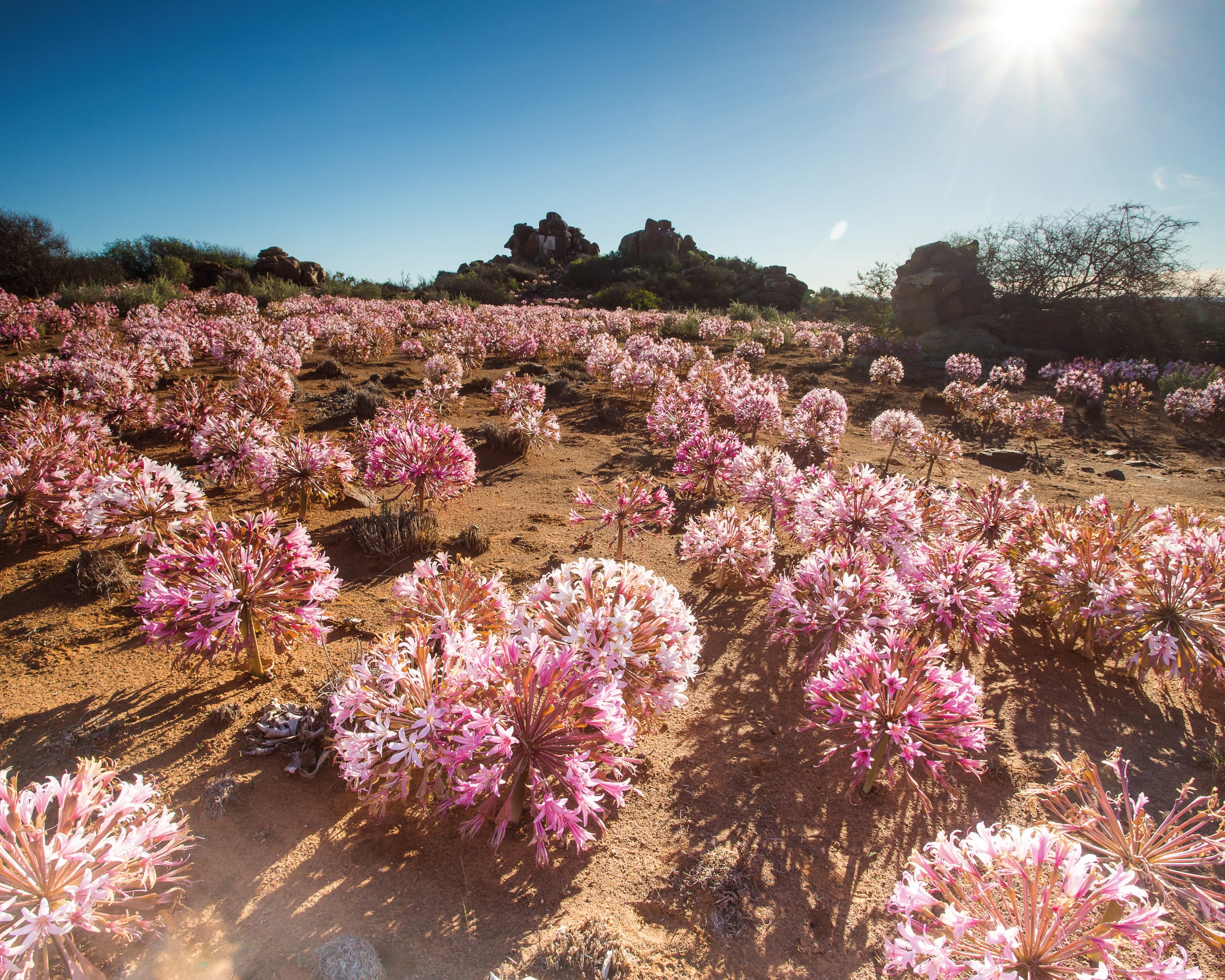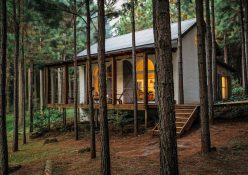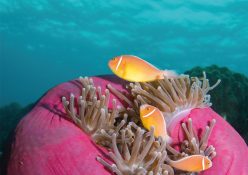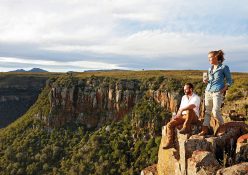Exploring the youngest National Hantam Botanical Garden in all its glory during the blooming months is how we spend the perfect afternoon
In the Northern Cape of South Africa, far away from the regular beach holiday destinations along the coast, sits a unique tourist town called Nieuwoudtville. With a very small population, a location away from major cities in the country, and a prime spot in the Karoo, this town’s claim to fame is South Africa’s youngest national botanical garden, the Hantam Botanical Garden. Read on for the best times to visit and what to expect on your trip!
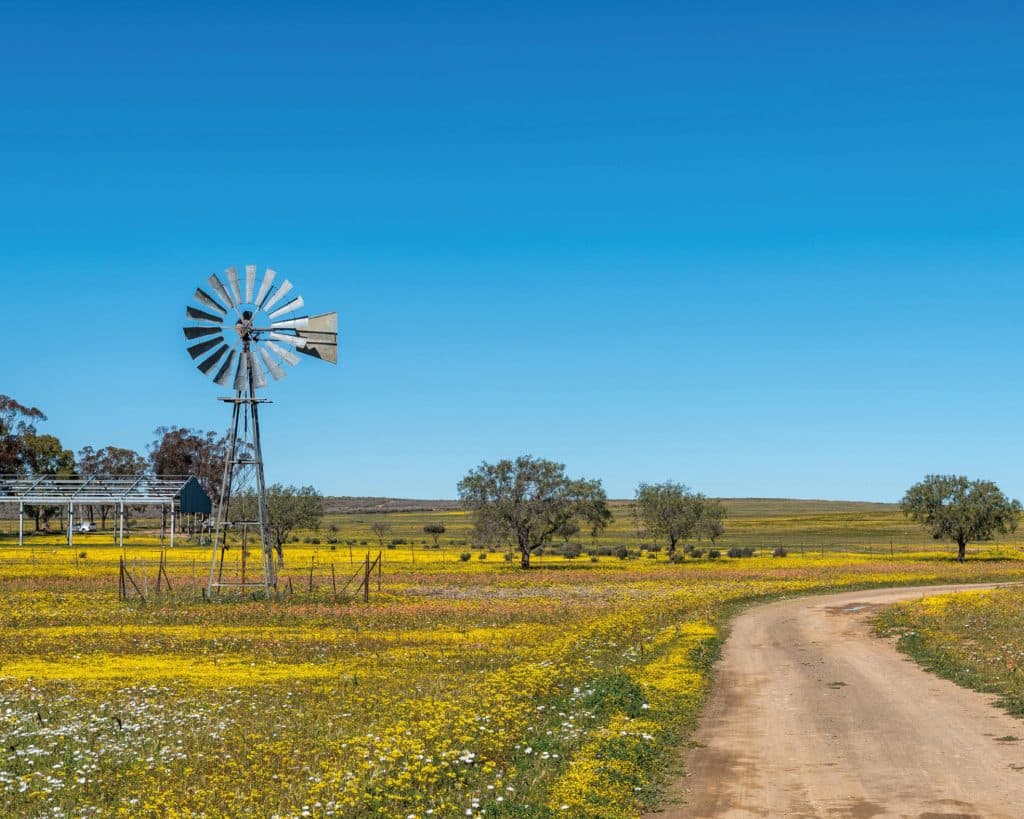
A Historical Point of View
While Hantam Botanical Garden might be South Africa’s youngest garden, it comes with a rich history and diverse collection of wild flowers, as well as being set amidst some of the most beautiful stone buildings from the early 20th century in the town itself. In 1883, the MacGregor family from Scotland purchased the Kaatlagte farm in what is now Nieuwoudtville. Their family remained on the working farm until an unforeseen illness left the farm in the hands of appointed managers, and the farm soon ran into trouble. The eldest son of the family left Oxford to rescue the farm and began building a homestead in 1929, thereafter naming the farm Glenlyon in honour of his wife, Helen Lyon.
Eventually, in 1968, Glenlyon finally welcomed ecotourists, scientists, botanists and conservationists from across the country onto the farm, even hosting a three-year conservation farming project overseen by a professor from Kirstenbosch. As the farm became more and more popular for its extraordinary selection of wild flowers, a bus began running to accommodate the hundreds of patrons excited to visit the farm. Among the esteemed guests over the years were Sir David Attenborough, the director of Kew Gardens, as well as BBC’s Natural History Unit. In 1997, through various donors, Glenlyon was sold to The South African National Biodiversity Institute and became the ninth and youngest national botanical garden in the country.
The Time is Now
With over 6000 ha within the gardens themselves, Hantam is home to more than 150 species of birds, including the endangered Black Harrier, and the protected Blue Crane, making it the perfect attraction for anyone enamoured by the distinctive birdlife South Africa
has to offer. Plan your visit to the gardens between August to mid-October in order to indulge in the multi-coloured display of annuals, including Nemesia cheiranthus, geophytes such as the fairytale-like Romulea, and succulents that bloom during this season. Although most people visit during spring, there is a ‘secret season’ at Hantam during autumn, when the Brunsvigia bosmaniae create a spectacular array of pink flowers across the land, during a time when little else is flowering. Known internationally as the ‘bulb capital of the world’, during the scorching summer months, Nieuwoudtville maintains dormant bulbs below the ground throughout the summer season.
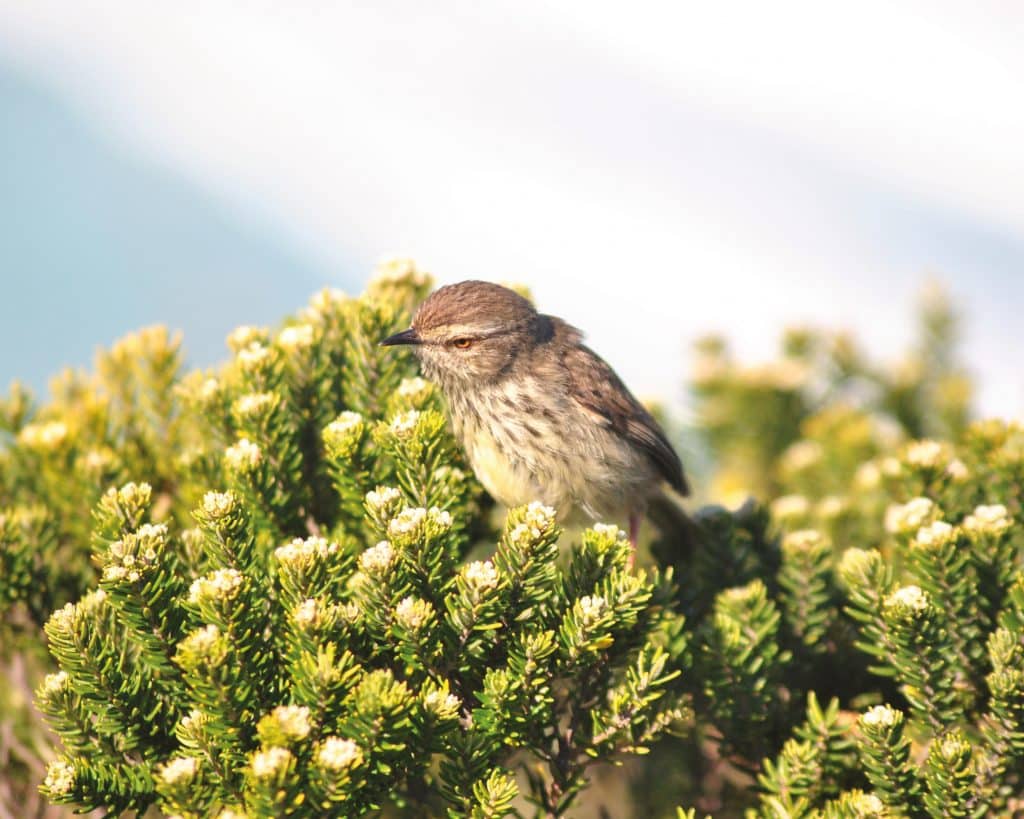
Be on the Lookout
One of the most unique and famous aspects of Hantam, are the variety of soil types that support the growth of different types of flowers and plants. Within the garden alone, there are patches of Nieuwoudtville Shale Renosterveld, Hantam Succulent Karoo and Nieuwoudtville-Roggeveld Dolorite Renosterveld, with some of the dolerite beds formed during the Jurassic period! During the high season (August, September, October), visitors can book an in-depth, 150-minute, safari-vehicle tour of the gardens.
Whilst it’s entirely possible to navigate the gardens on your own, it is captivating to learn about the various relationships between pollinators and plants, the ongoing research happening within the gardens, the remarkable variety of soil types found in Nieuwoudtville, as well as exactly why this little town has held the attention of botanists worldwide. Any one of the nine trails running through the garden provide a selection of soils, plants and flowers to enjoy, and SANBI encourages visitors to experience the benefits of eco-therapy at Hantam – the treating of daily stresses through the appreciation of nature.
It is important to note that the gardens are not pet-friendly, are bin-free and no braais are allowed. However, while you enjoy your packed lunch in one of the garden’s designated picnic areas, be sure to keep your eyes open for some of the world’s most distinctive little pollinators, including the interesting long-tongued fly, the oil-collecting bee and the various beetles that are associated with specific types of soils. Mammalian residents include the bat-eared fox, the black-backed jackal, Cape porcupines, shrews and gerbils. However, one of the most significant sightings would be of the MacGregor’s Blue butterfly, named after the previous owners of the farm and very difficult to photograph due to its irregular flight pattern – a poignant reminder to be present amidst all of nature’s boundless beauty.
Words by Ria Naidoo
Photography: Gallo/Getty Images, Alamy, pexels



